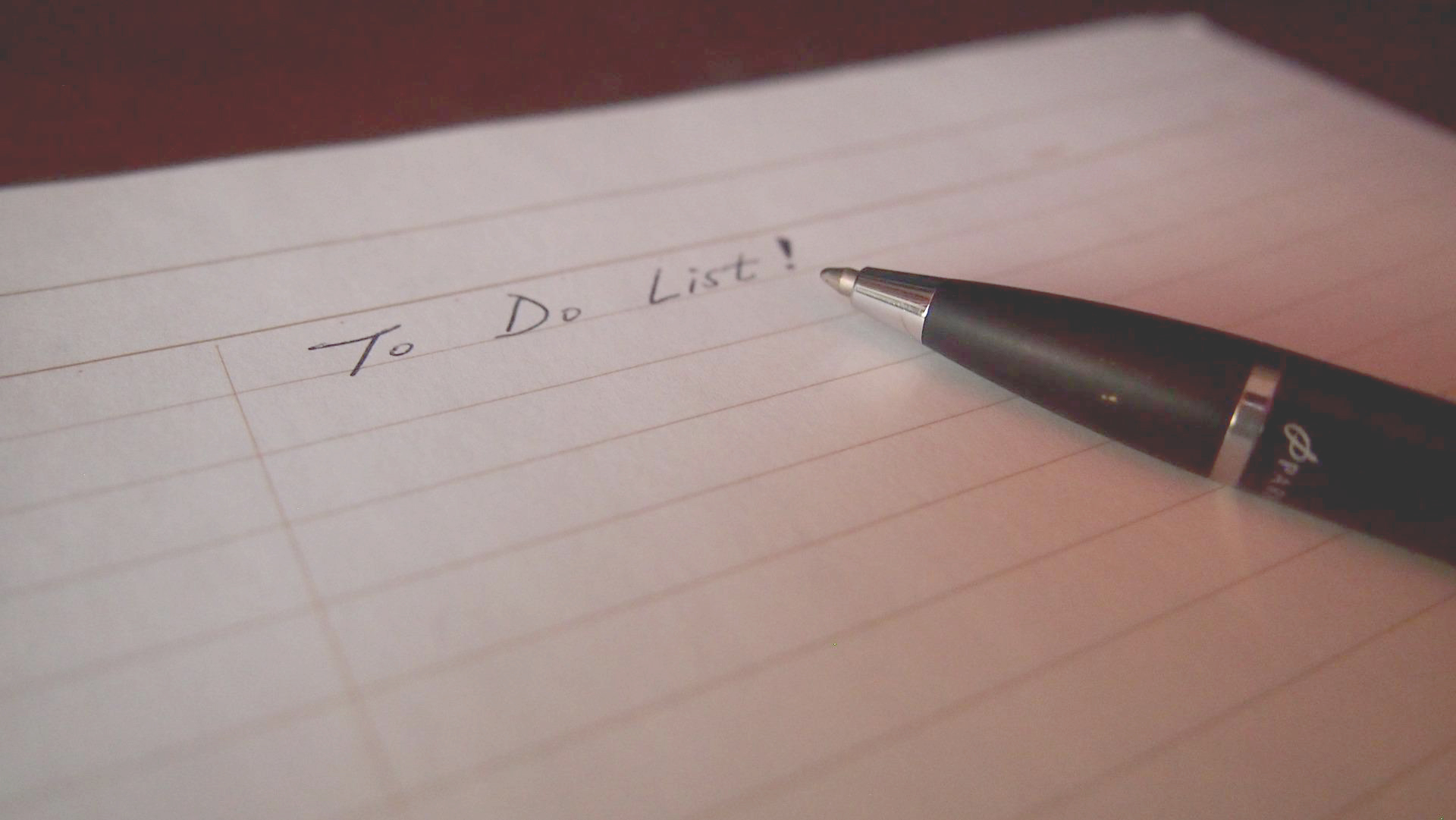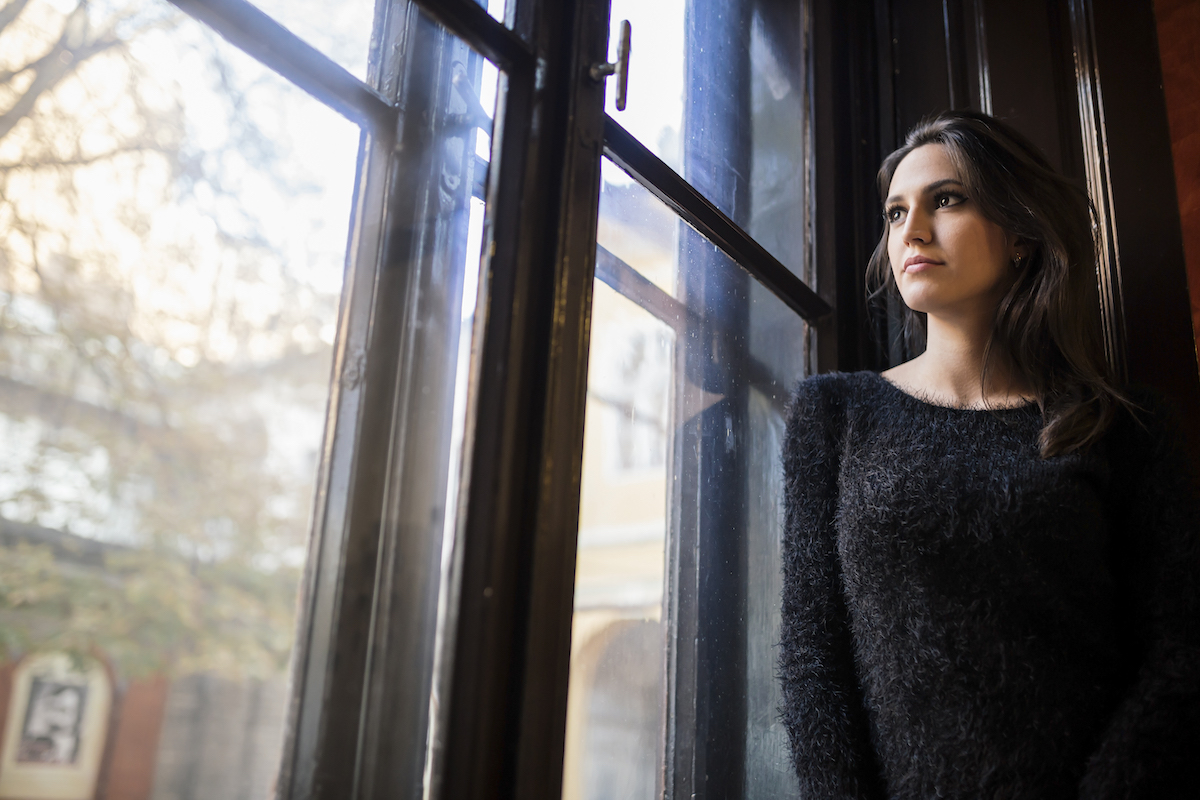From intake to conclusion, a good massage requires more than a pair of healing hands. Communication is also key, to ensure that clients’ needs are being met in a respectful way. In this blog, we reflect on why communication matters in massage. We also provide communication tips for massage therapists.
The Importance of Communication in Massage
—Establishing trust. To help clients relax their muscles and allow healing massage, therapists must use verbal and body language that conveys safety and peace. A soft tone of voice, calm demeanor, and clear style can help clients sink quickly into a good state for receiving massage.
—In-Session Feedback. Massage therapists can’t always tell with their hands whether a certain movement feels good or not. That’s where communication comes in. By asking clients whether the amount of pressure is right, and whether the movement feels good, massage therapists can ensure they’re delivering relaxing, effective massages.
—Explaining Needs and Establishing a Medical History. To provide a safe, healing massage, therapists must establish clients’ needs and medical background. Pre-massage discussion can ensure these bits of information are fully conveyed.
Communication Tips for Massage Therapists
Intake, Massage, Closure. Figure out what your client needs first; use the intake period to establish priorities for the session, and to gather information about health. During the massage, check in with your client to see whether the amount of pressure is right, and whether what you’re doing feels good. Finally, don’t forget to wrap things up with a closing discussion—even if it’s just an informal question, like “How do you feel now?”
Your Space Communicates Volumes. If your massage area is dirty, disorganized, or otherwise distracting, clients will have a harder time releasing stress and tension. Consider what your space is telling clients, and aim to establish a calming environment.
Tunes or No Tunes? That is the question for massage therapists and their clients. Consider your musical choices a key aspect of communication during a session. Ask clients whether they prefer silence to music. Some clients may prefer to bring in their own musical selections, while others will prefer that you play subtle background music.
Ask Questions and Leave Silence. Questions are neutral in tone; they’re a great way to gather information when you’re confused, or when a client’s statement is vague. Silence ensures that the client has enough time to really think about his or her answer. Most adults require a few seconds of thinking time before answering a question; this time may be extended for body awareness inquiries, as the client must first detect their body’s experience, and then put it into words.
Finally, just as you check in with clients about how much pressure to apply, it’s important to consider your own conversational habits as part of the massage experience. Some clients prefer silence during massage; others are put more at ease by light chatter. Make sure your clients know it’s ok to say, “I’d just like to enjoy the silence during my massage today.”
The massage school that glosses over client communications is doing a disservice to its students. A strong massage certification program should provide space and time for students to learn how to effectively communicate with clients. Students attending our Portland massage training school have the chance to regularly practice their trade in our on-campus Massage Clinic. With client intake, in-session communication, and closure a regular part of their week, East West College students gain confidence in communicating with massage clients.



